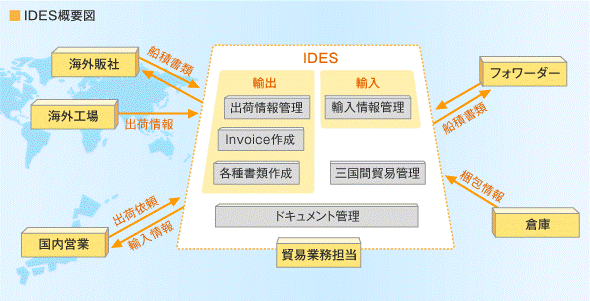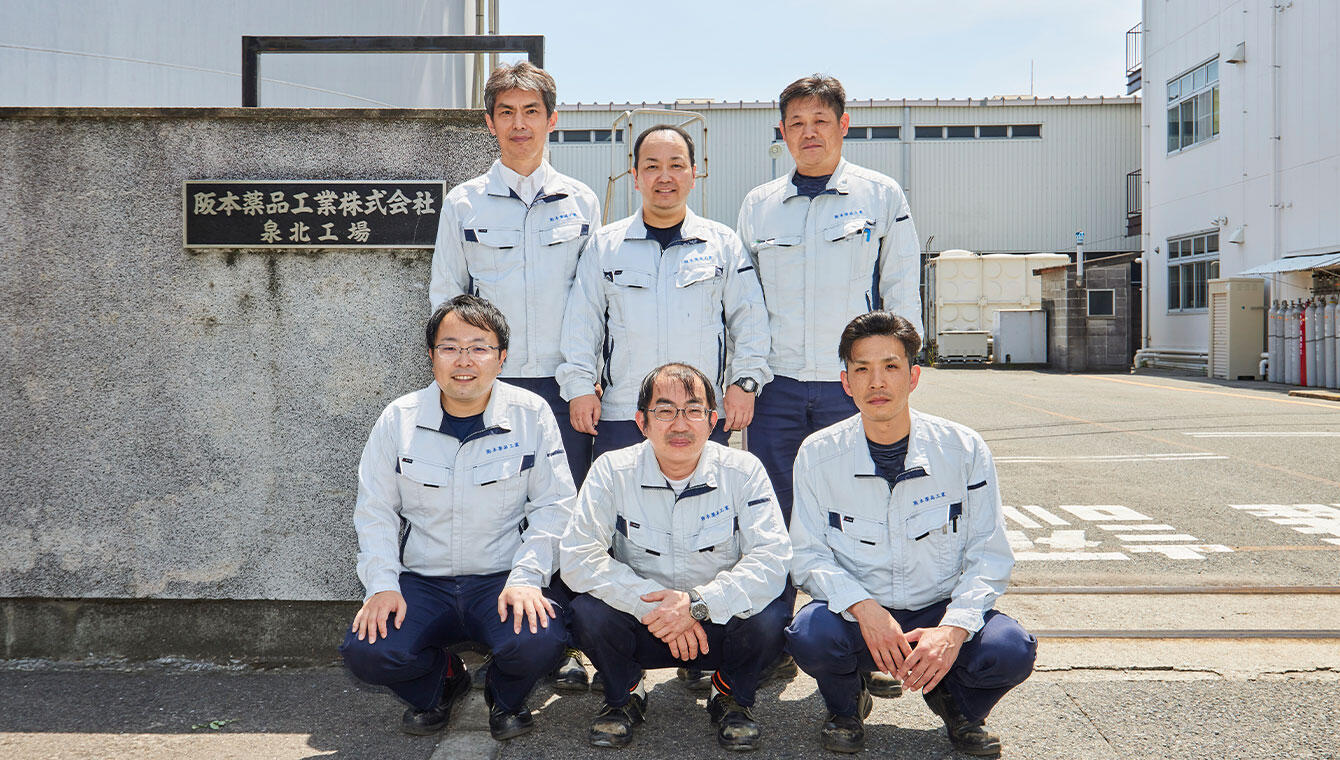Challenges
Improvement of service level in response to various procedures related to trade operations, response to changes in laws and regulations and required documents that differ from country to country, and needs for shortening product cycles.
Implemented Products/Solutions
Web system construction platform "intra-mart"
Project Background
Cross-country trade is complicated by various procedures, compliance with the laws of each country, and other operations involving forms and documents. In addition, Nikon's overseas sales account for more than 85% of its total sales, and product cycles are fast. In order to meet the further demands of consumers in the future, it was necessary to provide an even higher level of service in trade operations. In addition, the company needed to respond quickly to new exporting countries, as well as to changes in check items and required documents in existing exporting countries.
The Nikon Group's manufacturing and other divisions had previously adopted "intra-mart" for its licensing costs, system flexibility, easy Java-based development, and openness. In particular, the system has been highly evaluated for its compatibility with various applications, including SAP, which is scheduled to be externally linked with the new system.
System Overview
The outline of the trade accounting system “IDES (International Documents Enhanced System)” is shown in the figure below.

Implementation Results
The newly developed "IDES" efficiently handles tasks unique to export operations, such as collaboration with multiple domestic and overseas locations and many collaborative partners, complex processing that spans countries beyond languages and customs, and document management in accordance with compliance. This greatly contributes to reducing total costs.
Benefits
- (1) Speed up operations
-
By automating invoice creation using IDES, it has become possible to reduce the time per invoice by approximately 30% (600 minutes per day).
- (2) Significant total cost reduction
-
Because it is based on "intra-mart," it has become possible to construct a low-cost system, and maintenance costs have been reduced, resulting in significant cost savings for the system. In addition, we have realized cost savings of several million yen annually in terms of shortening work time, paper forms, issuance of them, and long-term storage.
- (3) Prompt response to frequent irregularities
-
Due to the nature of trade operations, there are many cases of urgent irregular processing due to rule changes, but we are able to respond quickly to these.
System development evaluation for customer's "intra-mart"
- (1) Visible completed image and speedy development through script development
-
By developing scripts for "intra-mart," construction was achieved in a shorter period of time compared to Java. What was particularly useful during development was the ability to check screens using mockups, which was useful for showing the screens being developed to users and allowing them to proceed with the work while incorporating feedback. Through discussions with users who will actually be using the system, a vision of the system that will be useful in the field has been clarified. In addition, changes to the system after the start of operation can be made quickly due to script development.
- (2) Screen/report generation without programming
-
The development tool "ViewCreator", which automatically generates reference screens and reports from existing databases without programming and with only settings, has been widely used since its start of operation, and has been used to handle irregularities and create statistical data using accumulated data. It is also used for creation.
Case study company introduction
| Company Name | Nikon Corporation NIKON CORPORATION |
| Founding | July 25, 1917 |
| Head office location | Shinagawa Ward, Tokyo |
| Business Activities | Manufacture and sale of optical instruments |
| Company website | https://www.jp.nikon.com/ |
*Please note that organization names, positions, numerical data, etc. in the article are based on the time of the interview and may have changed by current viewing.
Related Solutions
Relevant information and case studies based on solutions presented above.


